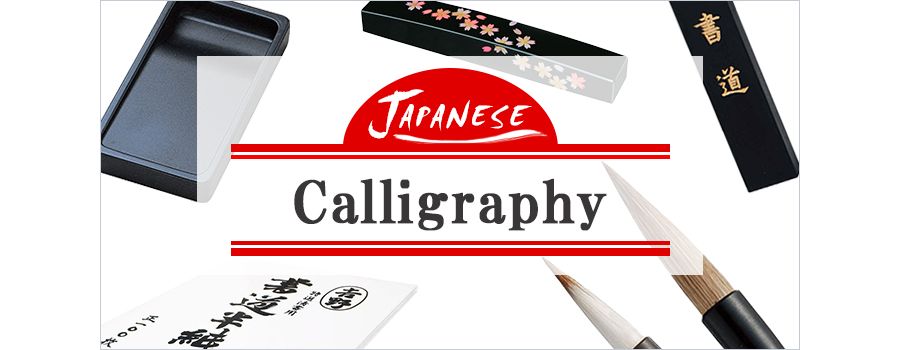Stretching back 5,000 years to the time when China first created the kanji writing system, the ancient art of Japanese calligraphy, known as shodo, maintains its position as one of Japan’s most revered art forms even today. Along with Buddhism, the introduction of kanji to Japan around the 5th century transformed the country forever. Shodo, or “the way of writing,” is an art form of careful strokes that together compose kanji characters, each either demonstrating a specific meaning or existing simply for beauty’s sake. Keep reading to learn how practicing this art can transform your life and the 6 essential tools you need in your Japanese calligraphy set.
The Benefits of Practicing Shodo
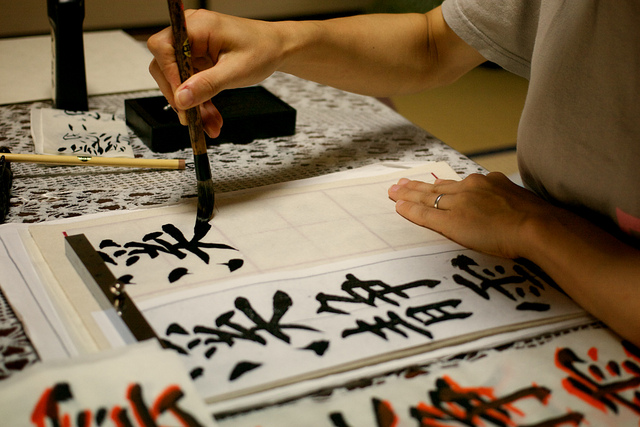
Even beyond simply appreciating its beauty, learning Japanese calligraphy has many potential spiritual, mental and even organizational benefits. Here are a few highlights showing how it can improve your quality of life and increase your overall skills.
Japanese Calligraphy Provides Stress Relief
The process of Japanese calligraphy can be considered more important than the finished artwork. Grinding the ink stick into the inkstone provides an opportunity for peaceful meditation. Your focus goes directly into creating ink that is smooth and consistent; blending a uniform consistency typically takes up to 15 minutes. Repetitive motion moves the mind toward concentration on the immediate moment, while fluent application of the ink to create pleasing strokes promotes calm attention and relaxes the mind.
Japanese Calligraphy Grows Discipline
Perfecting even-colored strokes that create uniform kanji characters takes time, patience and commitment. Beautiful characters take a steady, controlled mind and body that is produced through the uncomplicatedness of action.
Japanese Calligraphy Develops Aesthetics
Shodo provides you with pathways to improve your understanding of beauty as well as your ability to create it. It includes elements of design, arrangement, balance, and simplicity that can be applied to all aspects of life from creative pursuits to spiritual development and even space management. In other words, shodo is never only about a series of carefully placed ink strokes; rather, it speaks to a larger, holistic process that can enhance your world.
Japanese Calligraphy Builds Practical Skills
Shodo not only involves internal aspects of personal growth; with practice, you can develop valuable skills such as painting, grinding, application, and design. Of course, for that you need the proper tools. Let’s look closer at the 6 essential tools necessary to begin your journey into Japanese calligraphy.
Building a Japanese Calligraphy Set: 6 Essential Tools for Beginners
Japanese Calligraphy Brush (Fude)
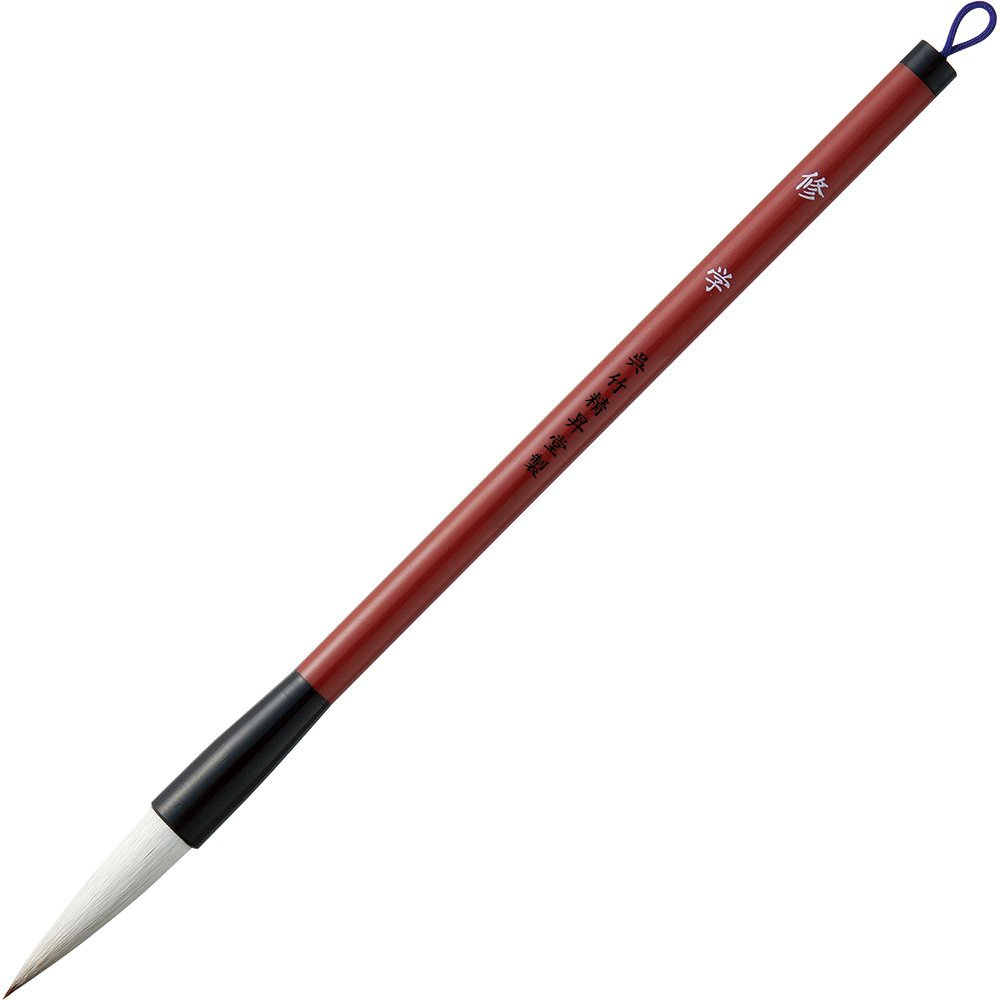
Japanese calligraphy brushes, known as fude, have handles made of wood or plastic and brush heads that come in a variety of shapes and sizes. Sharpness is important: A fine-tip brush head that comes to a point is absolutely necessary. All of the longest brush hairs should be of equal length, with none out of place. The body of the brush head must be full and round. They are often made of animal hair, but synthetic brush head materials are also available.
Japanese Calligraphy Inkstone (Suzuri)
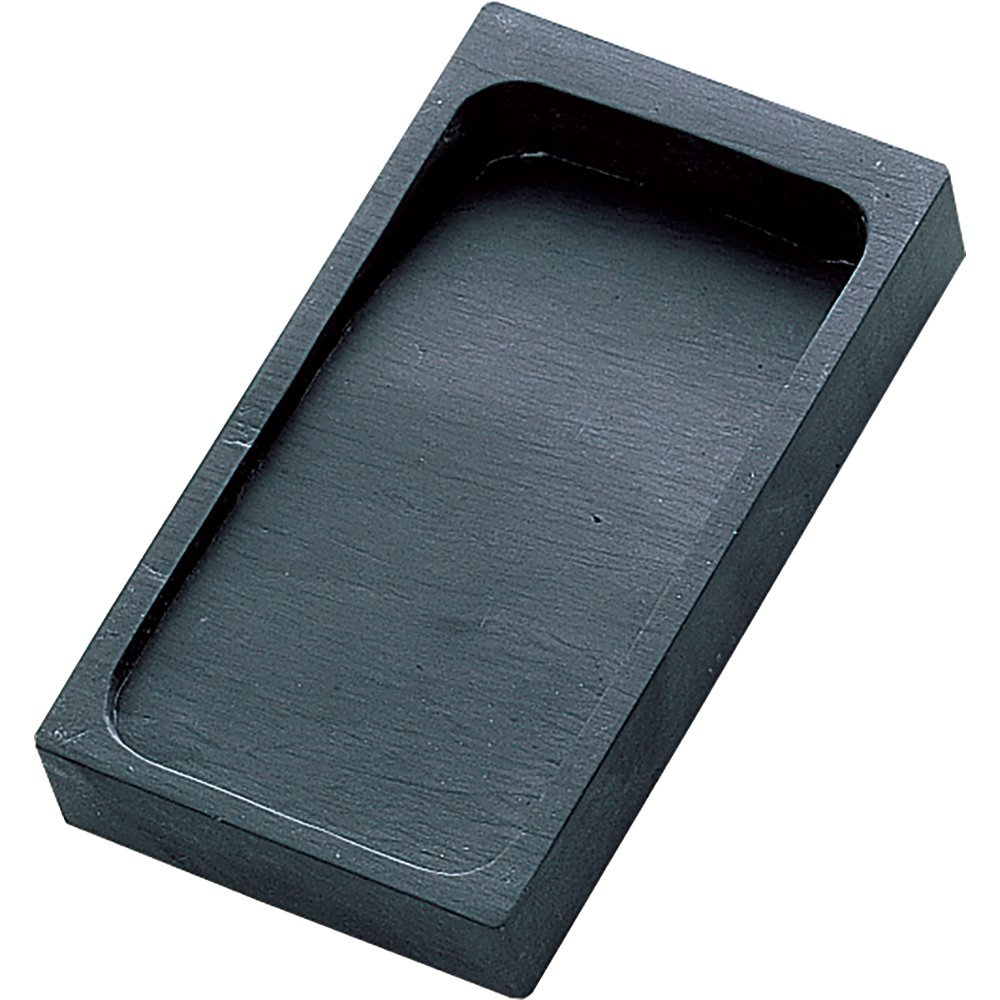
The Japanese calligraphy inkstone, known as a suzuri, looks like a sloped pan, with borders and a well. The well, which holds fresh water, is at the deepest end. The pan section is where the grinding ink is applied and rubbed, dabbing in the fresh water at times. Though the suzuri is often made of stone such as slate, it can also be made from a variety of materials including bronze and other metals. It is easily the most substantial and heaviest of the 6 tools.
Japanese Calligraphy Ink (Sumi)
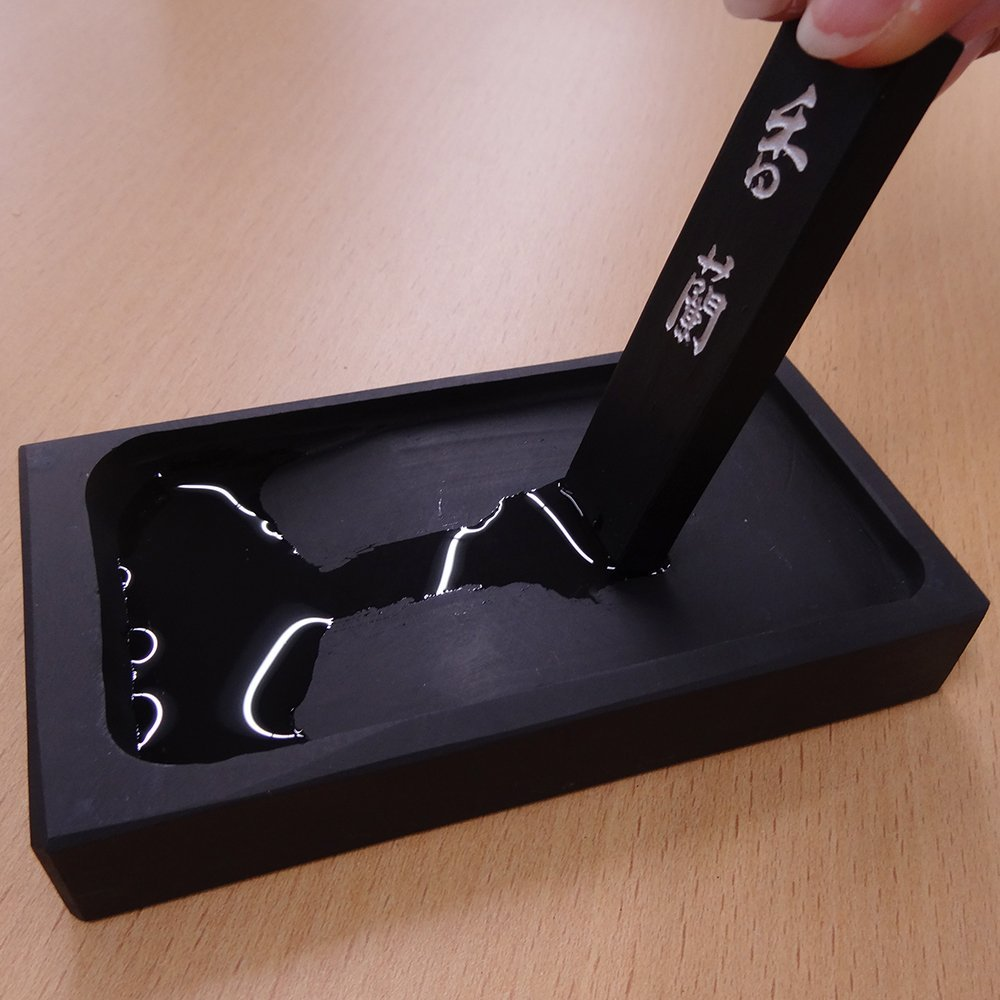
Made of soot (sumi in Japanese) from burnt wood and animal glue, Japanese calligraphy ink sticks are the traditional source for making ink. Burnt wood or plant oils are kneaded together in exact proportion to the animal glue. These handmade sticks are made and dried for several months by craftsmen. A good stick will not crack or fray, demonstrating its fine craftsmanship. The sticks are traditionally long and round, or even square. Sometimes they are decorated with designs. Sumi is almost always black, but pinewood is commonly used for colored inks.
Japanese Calligraphy Desk Pad (Shitajiki)
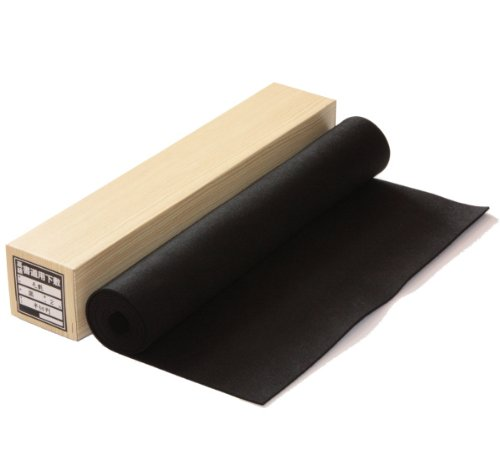
Similar to an “under sheet,” or pencil board, the Japanese Calligraphy Desk Pad, known as a shitajiki, is typically dark blue or black and is lined in fine felt. It provides a foundation to work from and comes in a variety of sizes. The shitajiki protects the paper from the applied pressure of the brush during strokes and helps prevent stains on the working surface. Ideally, this working surface should be larger than the medium you will be working with. A shitajiki of size B4 or larger is preferable.
Japanese Calligraphy Paper Sheets (Hanshi)
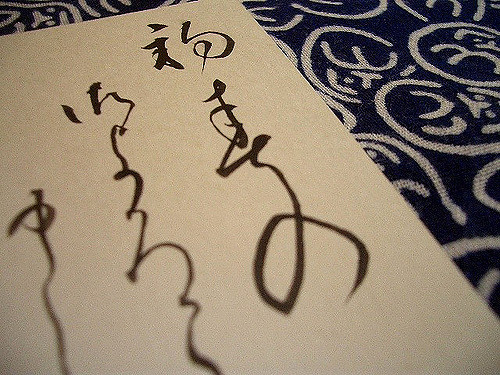
Japanese calligraphy paper sheets, known as hanshi, are usually handmade with a rustic feel. It is often thin, though thickness can vary based on use. Common dimensions are typically around 33cm x 24cm. In addition, be aware that some hanshi varieties may color slightly over time.
Japanese Calligraphy Paperweight (Bunchin)

The Japanese calligraphy paperweight, known as a bunchin, may be composed of various materials including bronze, glass, copper and stone. As the name implies, the bunchin keeps the hanshi paper in place above the shitajiki. Sometimes two are used; a smaller, rounded one is placed in the upper left corner of the hanshi to help hold it in place.
Learning Japanese Calligraphy at Home
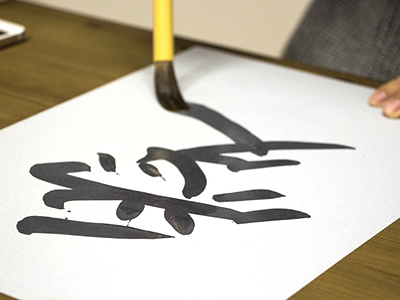
If developing your aesthetic sense, discipline, and tactile skills through a serene, peaceful form of art is something you want to explore, then Japanese calligraphy is an excellent choice. Luckily, you don’t need to travel to Japan to learn this beautiful art form, as there are plenty of resources available, like the Japanese calligraphy practice set shown below. There are also several high-quality, English-language books available on the subject that are an excellent source for information on techniques and mastery for beginners and intermediate learners alike. For those who prefer sources on the Internet, you can find many instructional videos available on YouTube.
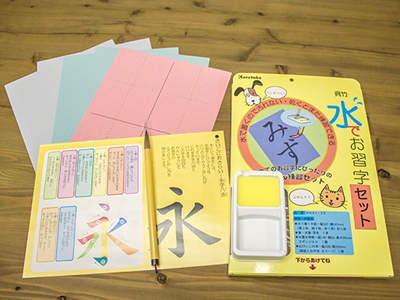
Purchasing a Japanese Calligraphy Set
Furnished with history, knowledge, and aspirations, only 6 Japanese calligraphy tools are needed to make your vision come true. If you are going to take that final step, it is also important that your tools be of only the highest in Japanese quality. Browse through our Japanese calligraphy sets on FROM JAPAN, and purchase your tools from the very country where Shodo was born.
